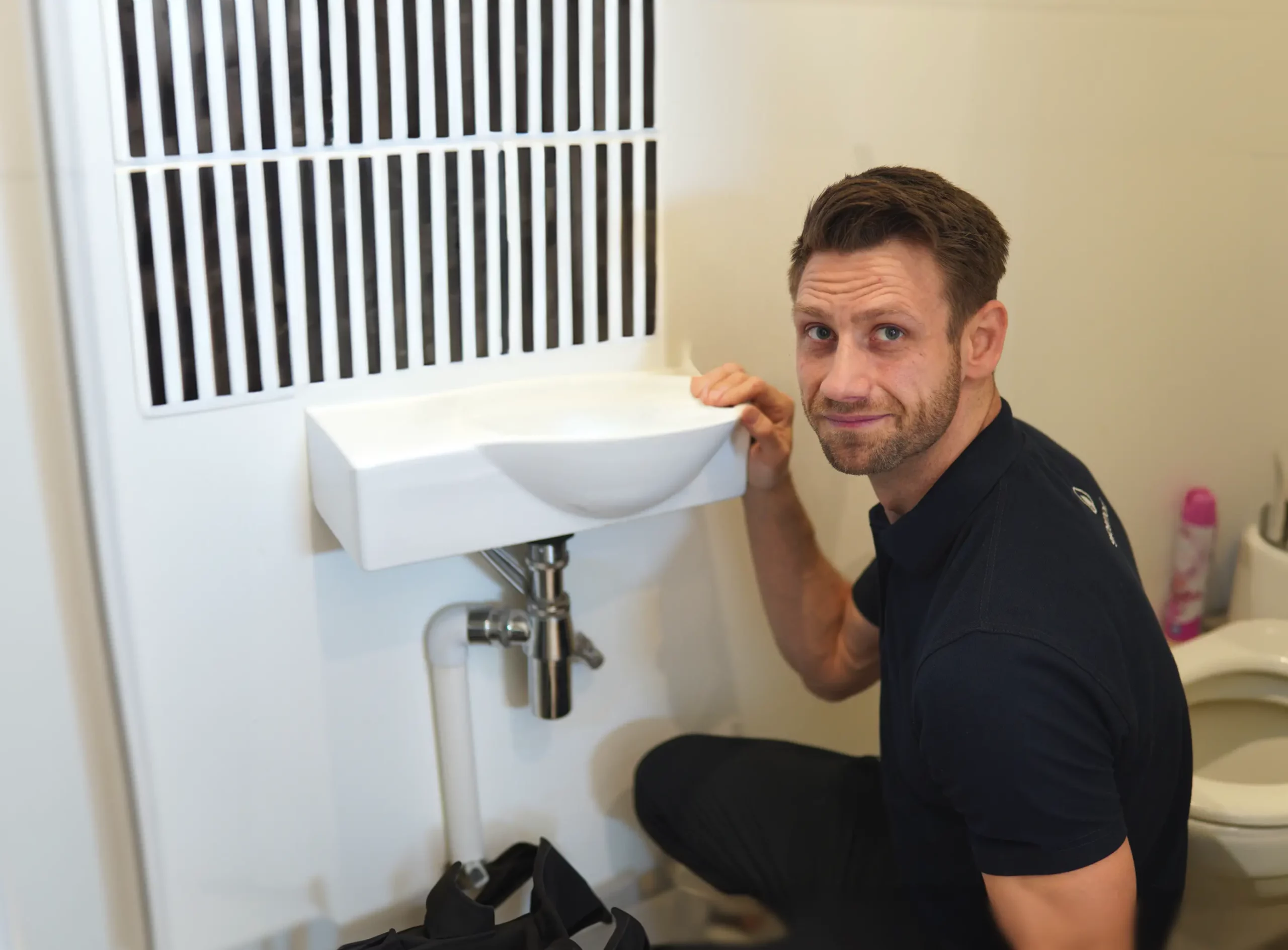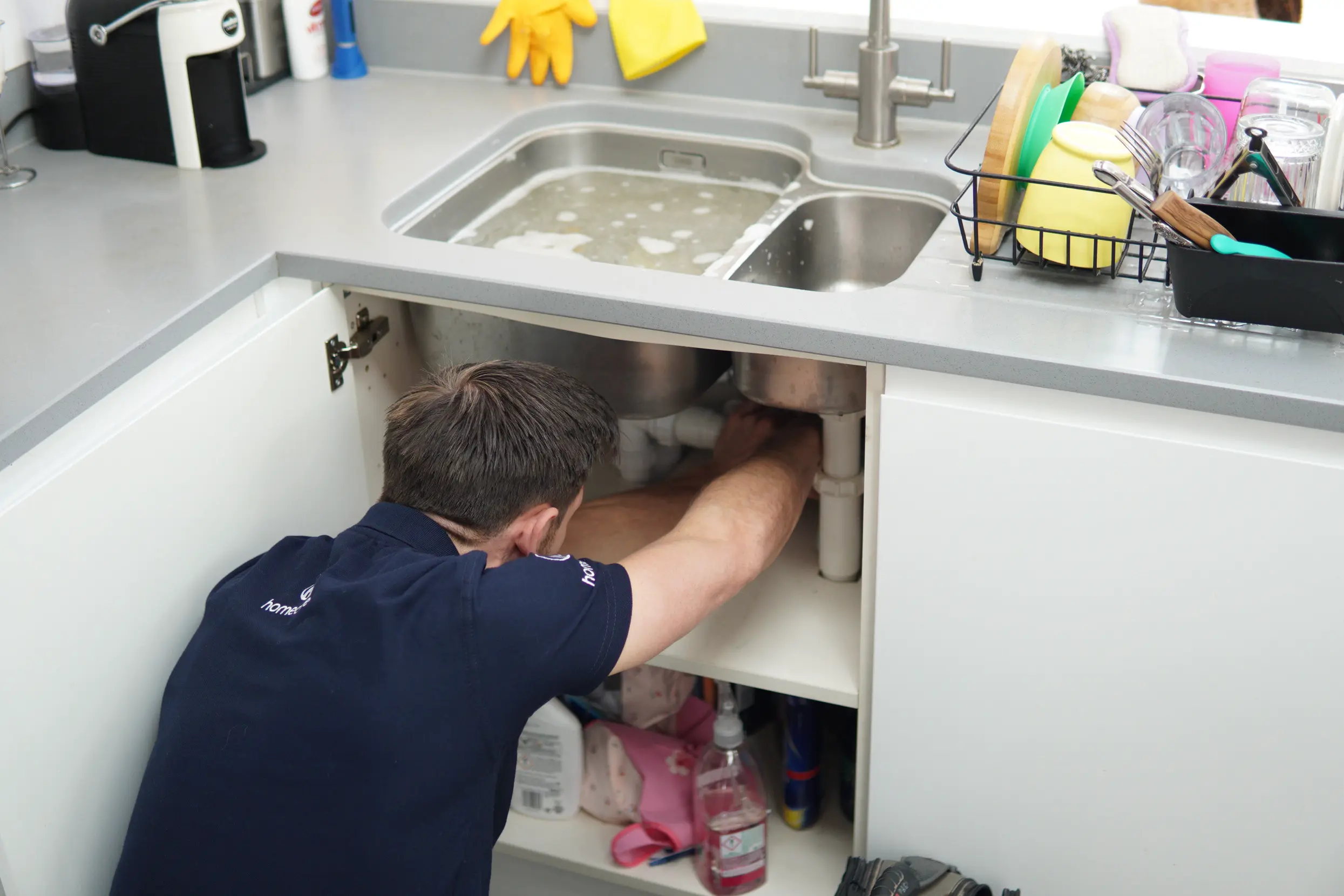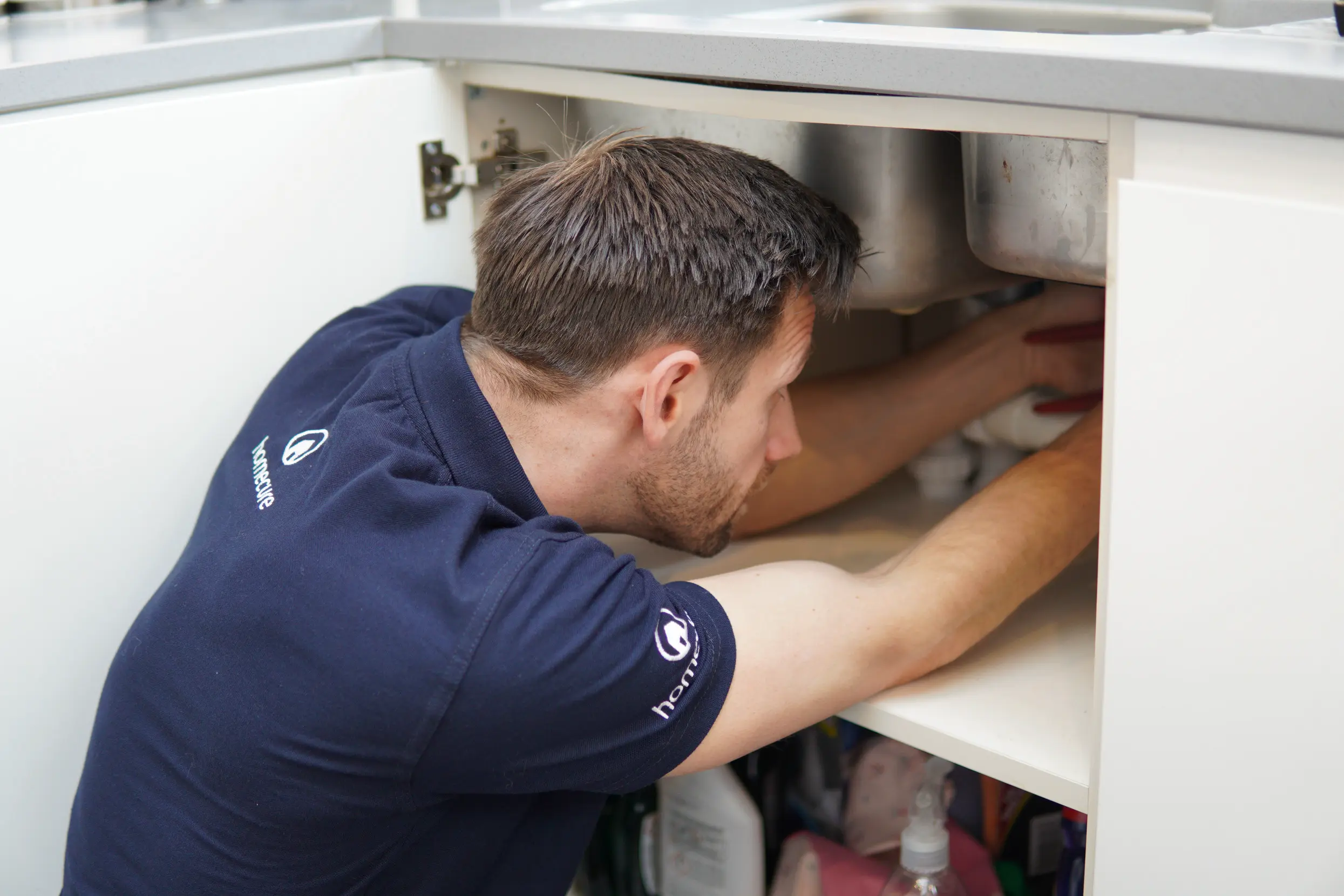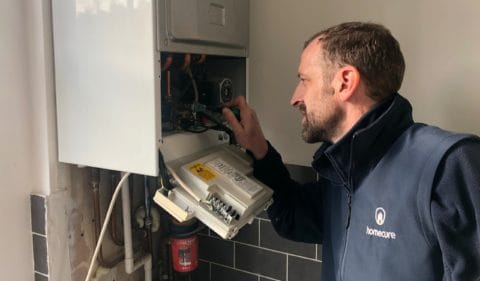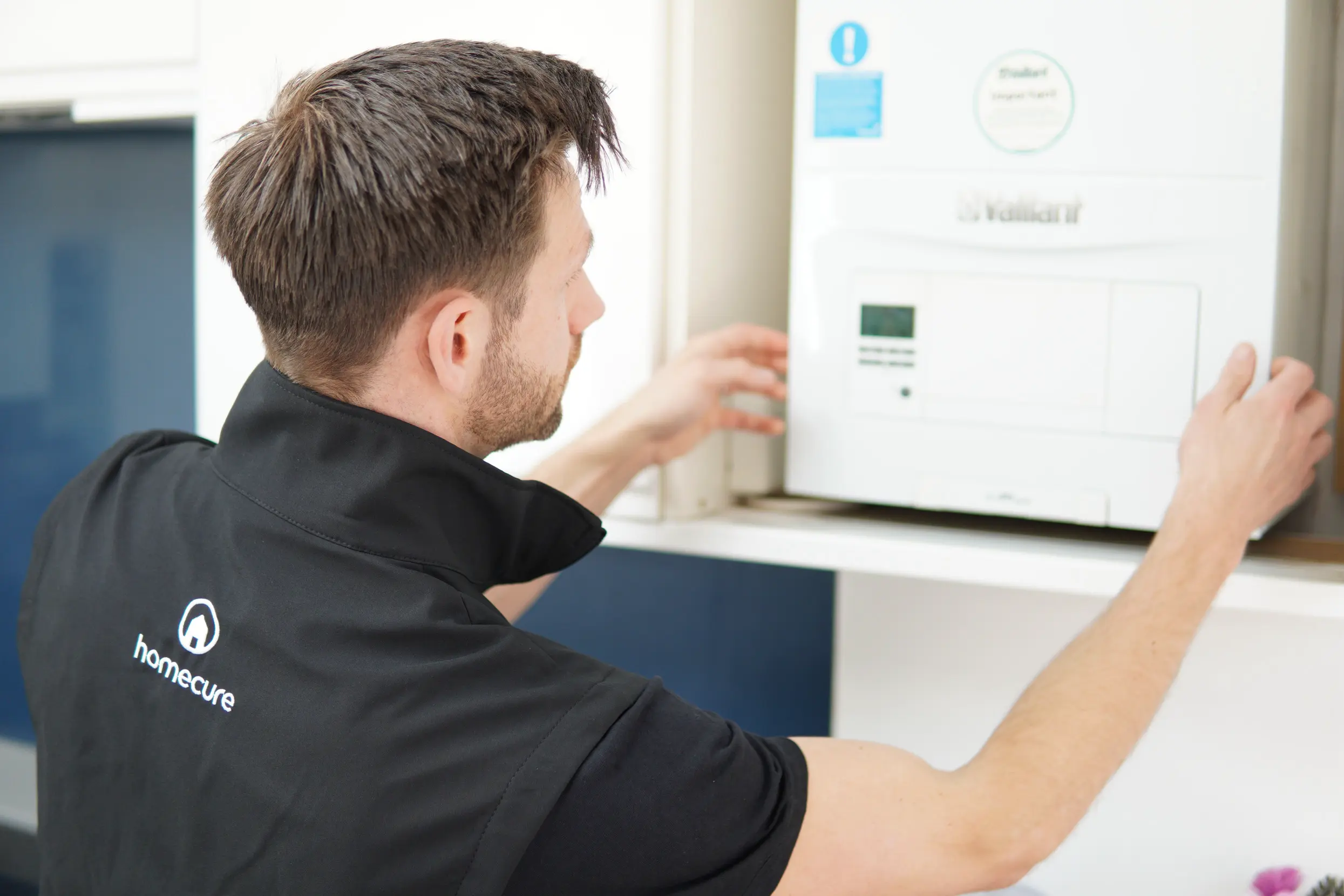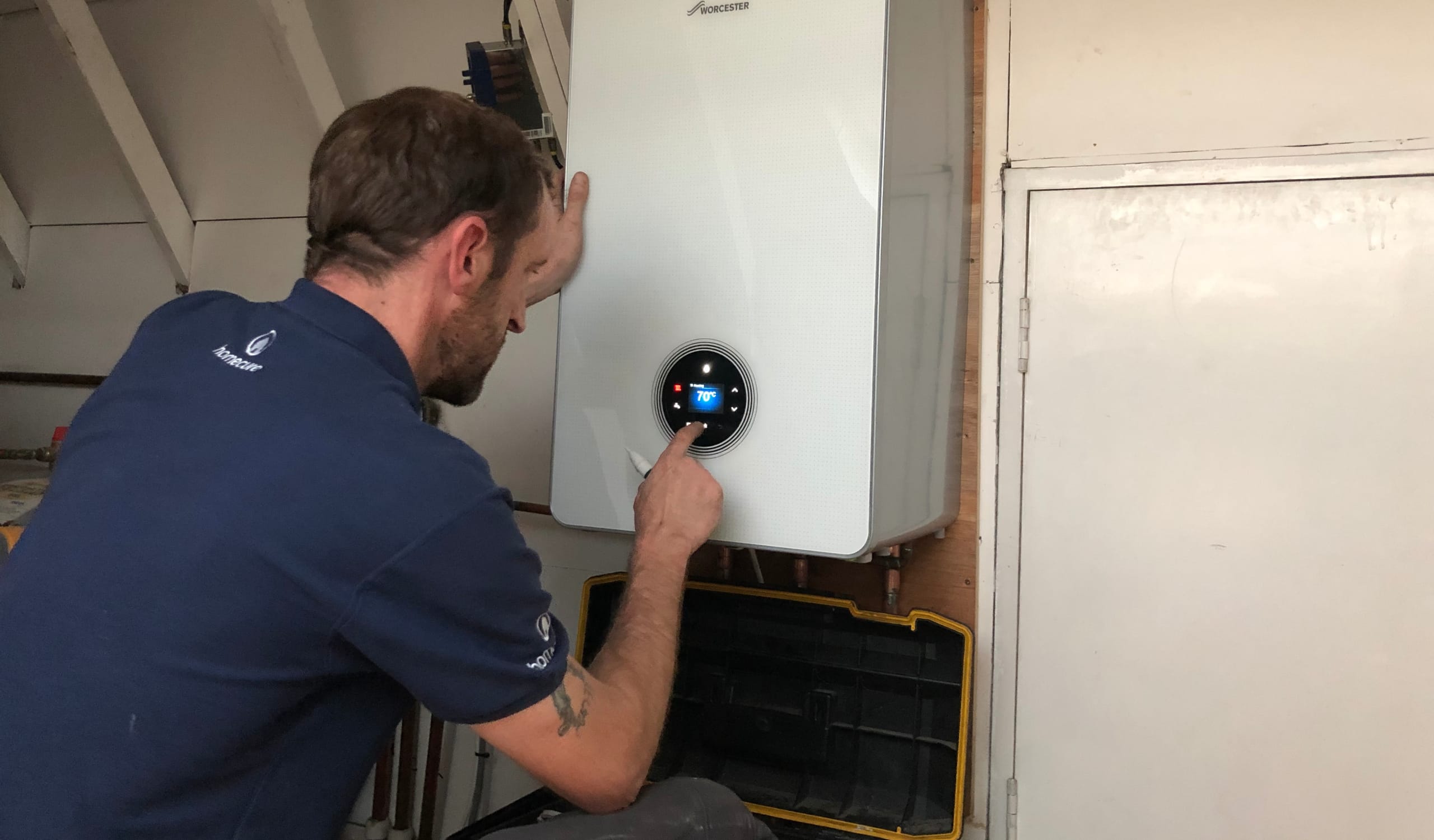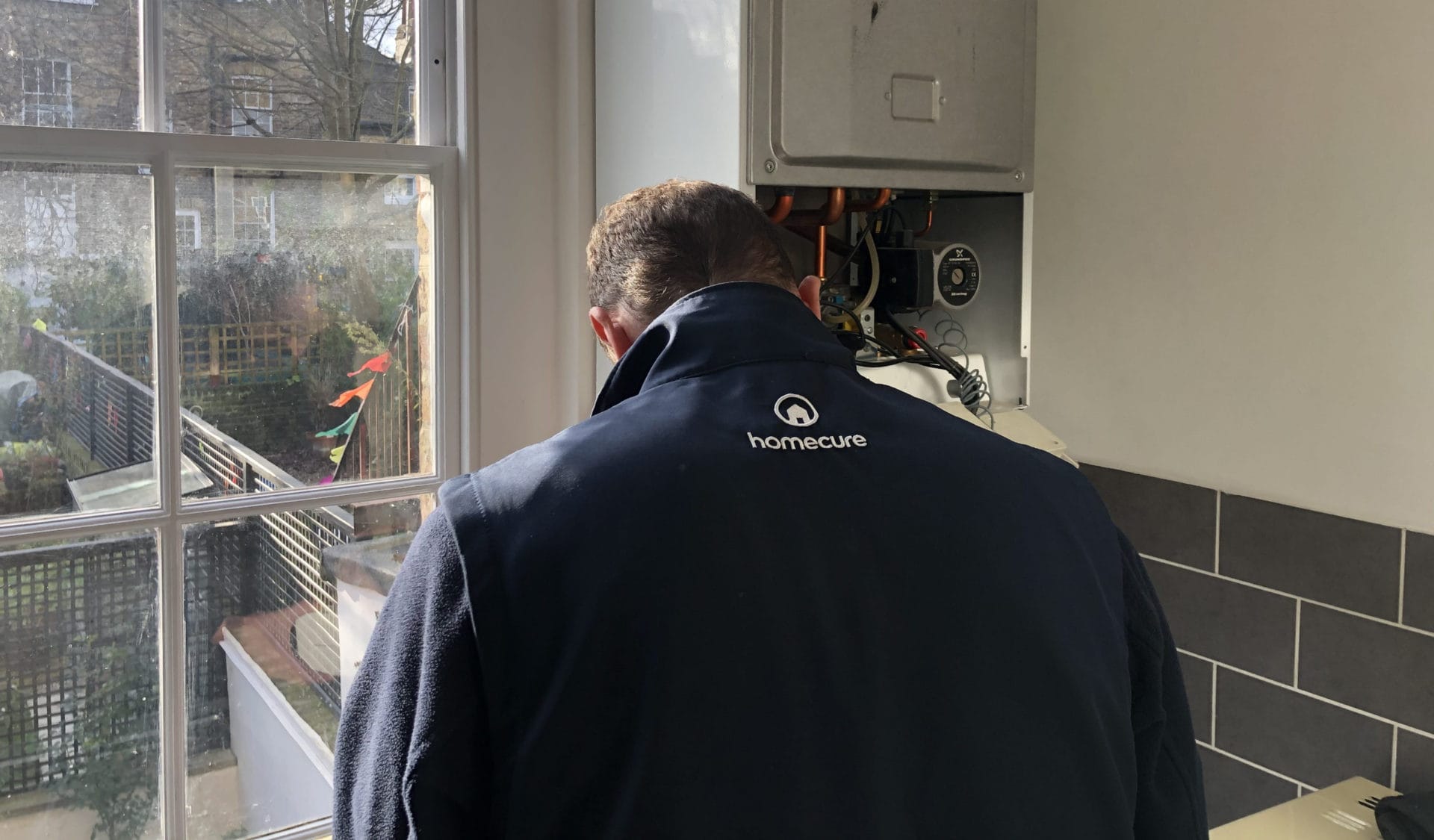E1 Error Code Causes and Simple Fixes
The e1 error on boiler signals low water pressure. This common issue can often be fixed by adjusting the boiler’s pressure. This guide explains common causes and offers simple solutions to restore your boiler’s function.
Key Takeaways
- The E1 error code indicates low boiler pressure, often caused by leaks, pressure relief valve issues, which can affect heating efficiency.
- Repressurising the boiler using the filling loop is the primary solution for resolving the E1 fault; regular checks and maintenance can prevent recurrence.
- Frequent E1 faults may signal the need for a new boiler, as modern models offer improved efficiency and potential long-term cost savings.
E1 Fault on Boiler: Causes and Fixes for a Smooth Heating System
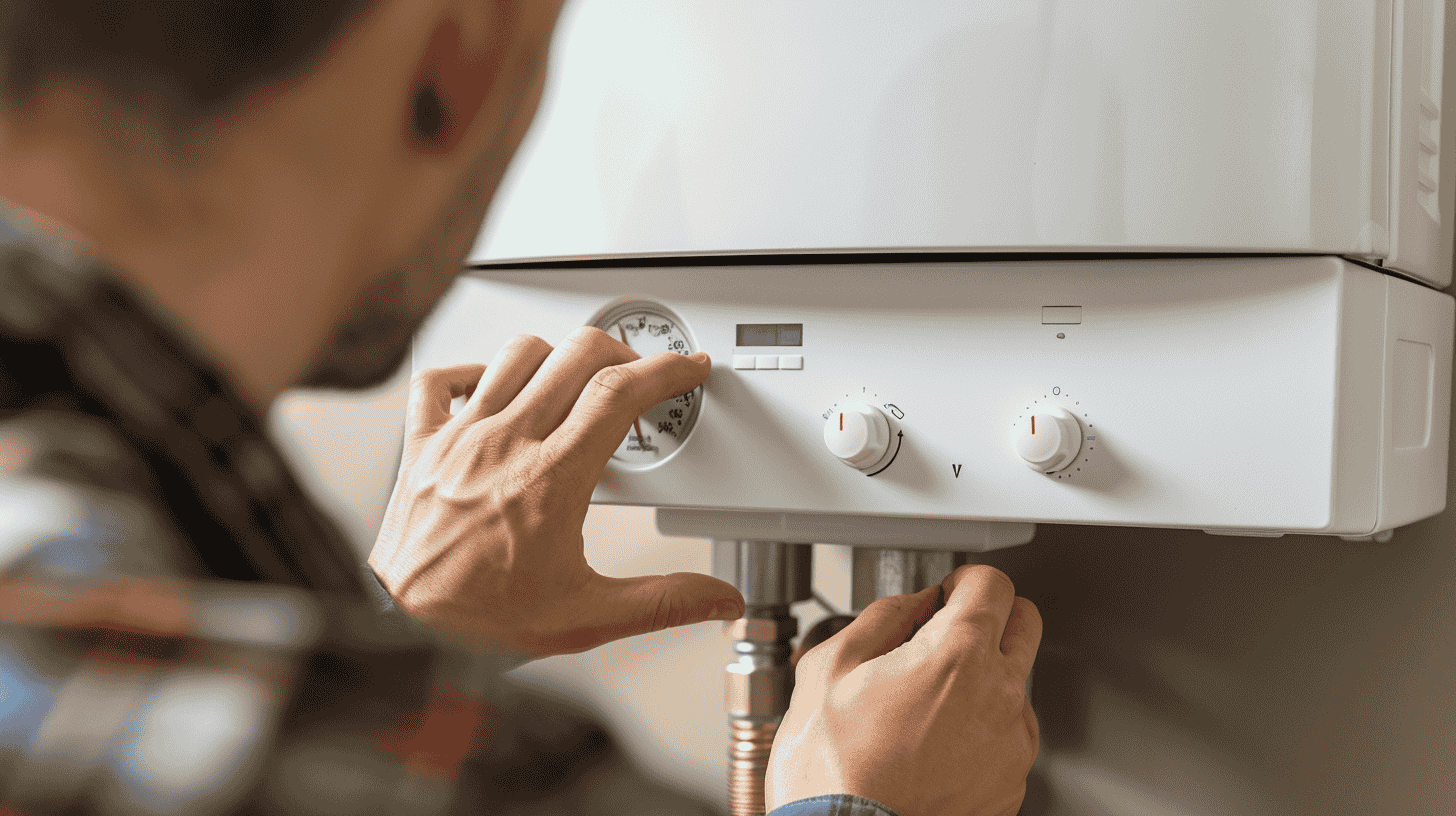
The E1 error code usually indicates that your boiler’s pressure is low, which is a common issue across many boiler brands. Understanding this error code is crucial as it helps you identify the problem early and prevent your boiler from shutting down to protect itself from damage. Low boiler pressure can lead to various issues, including inefficient heating and potential damage to boiler components.
Common causes of the E1 fault include water leaks, issues with the pressure relief valve, and even problems with the gas supply. Understanding these causes and addressing them can often resolve the E1 error without requiring professional help.
This guide explores these causes and offers step-by-step solutions to restore your boiler’s functionality.
Introduction
The E1 error code is a common issue that many homeowners face with their boilers. It typically signifies low water pressure, a problem that can usually be resolved by adjusting the pressure levels. Understanding the implications of this error code can help you address boiler issues before they escalate into more significant problems. Regular maintenance and servicing are key to preventing the recurrence of the E1 fault.
This guide explains the main causes of the E1 fault on your boiler and how to easily rectify the issue. Systematic troubleshooting starting with basic checks can often resolve the problem before you need to call in a professional.
We will detail the E1 error code and how to maintain your heating system effectively.
Understanding the E1 Fault Code
The e1 error code usually indicates that the boiler’s pressure is low. This error is commonly triggered by a significant drop in boiler water pressure, often due to leaks or issues with the pressure relief valve. When your boiler displays this code, it essentially means that the system has detected a problem with maintaining the required pressure to operate efficiently.
Repressurising your boiler is often the primary solution to resolve the E1 fault. This can be done using the boiler filling loop, which connects to the water supply to increase the boiler’s pressure. Understanding these common fixes and monitoring your boiler’s pressure gauge can help you address the issue independently.
Common Causes of E1 Fault on Boilers
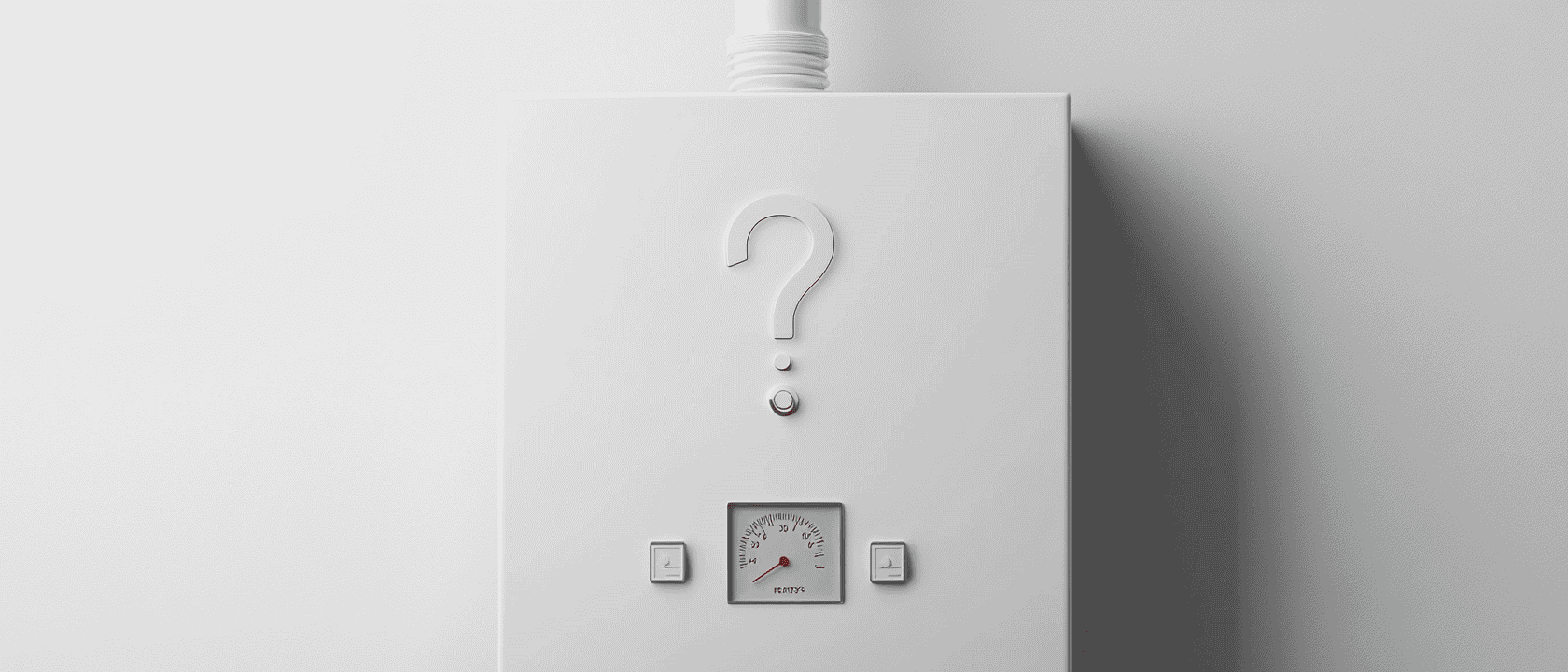
Several factors can lead to the E1 error code appearing on your boiler. The most common causes include low water pressure, gas supply issues, and boiler faulty components within the boiler system. Each of these issues can cause your boiler to shut down or operate inefficiently, leading to discomfort and potential damage.
Low Water Pressure
Low water pressure is one of the primary reasons for the E1 error code on a boiler. Common causes include water leaks, faulty valves, and failing radiator bleeder valves. When the boiler’s pressure gauge shows a reading below 1 bar, it indicates low pressure, which can trigger the E1 error. Corrosion of copper pipes can also lead to leaks and a subsequent drop in pressure.
When you see an E1 error code on your Baxi boiler, the first step is to check the water pressure. The normal operating pressure for a boiler is between 1 to 2 bar, with an optimal setting at 1.5 bar. If the pressure is too low, you may need to use the filling loop to increase it to the desired level.
Faulty Components
Faulty internal components, such as the pressure sensor or temperature probe, may trigger the E1 error. Malfunctioning pressure sensors, faulty temperature probes, and issues with the heat exchanger can all lead to the E1 error code. If the boiler pressure continues to drop after repressurisation, it may indicate a leak or an issue with the pressure relief valve.
Potential leaks or a faulty pressure relief valve can cause a boiler to lose pressure after repressurisation. If your boiler keeps losing pressure despite your efforts, it may be time to call in a professional to diagnose and fix the issue.
How to Fix E1 Fault on Your Boiler

Fixing the E1 on your boiler often involves simple steps that you can do yourself. The primary solution is to repressurise your boiler using the filling loop to increase the boiler’s pressure.
If the E1 fault persists, inspect for leaks or consult a professional for further assistance.
Repressurising Your Boiler
To repressurise your boiler, start by locating the filling loop. This is typically a flexible hose that connects to the water supply. Open the filling loop until it locks at a 45-degree angle to allow water to enter the system and raise the boiler pressure. The acceptable pressure range to resolve the E1 error is between 1 and 2 bars, with an ideal setting around 1.5 bar.
Once the desired pressure is reached, securely close the taps of the filling loop to avoid putting your boiler under excessive pressure. This simple process can often resolve the E1 fault and restore your heating system’s functionality.
Checking for Leaks
Regular leak checks in your boiler and heating system can help prevent the recurrence of E1 faults. Pressure gauge readings in the red zone indicate potential issues that need addressing. Promptly fixing minor leaks or pressure drops can prevent the escalation into more serious issues that might lead to an E1 fault.
Resolving minor leaks promptly can prevent larger damage and costly repairs. Addressing small issues early helps maintain boiler efficiency and longevity, avoiding expensive and inconvenient breakdowns.
When to Call a Professional
If the E1 error persists despite repressurising, it’s advised to consult a certified Gas Safe engineer. A recurring E1 error code may be a sign of a more serious underlying issue that requires professional assessment. If the low pressure continues after attempting to repressurise, it may indicate a leak that needs professional attention.
For complex problems, especially those related to gas, it is crucial to consult a Gas Safe registered engineer to ensure safety and compliance. Contacting a heating engineer can help diagnose and resolve issues that are beyond basic troubleshooting, ensuring the safe and efficient operation of your boiler or gas supply.
Specific E1 Error Codes by Boiler Brand
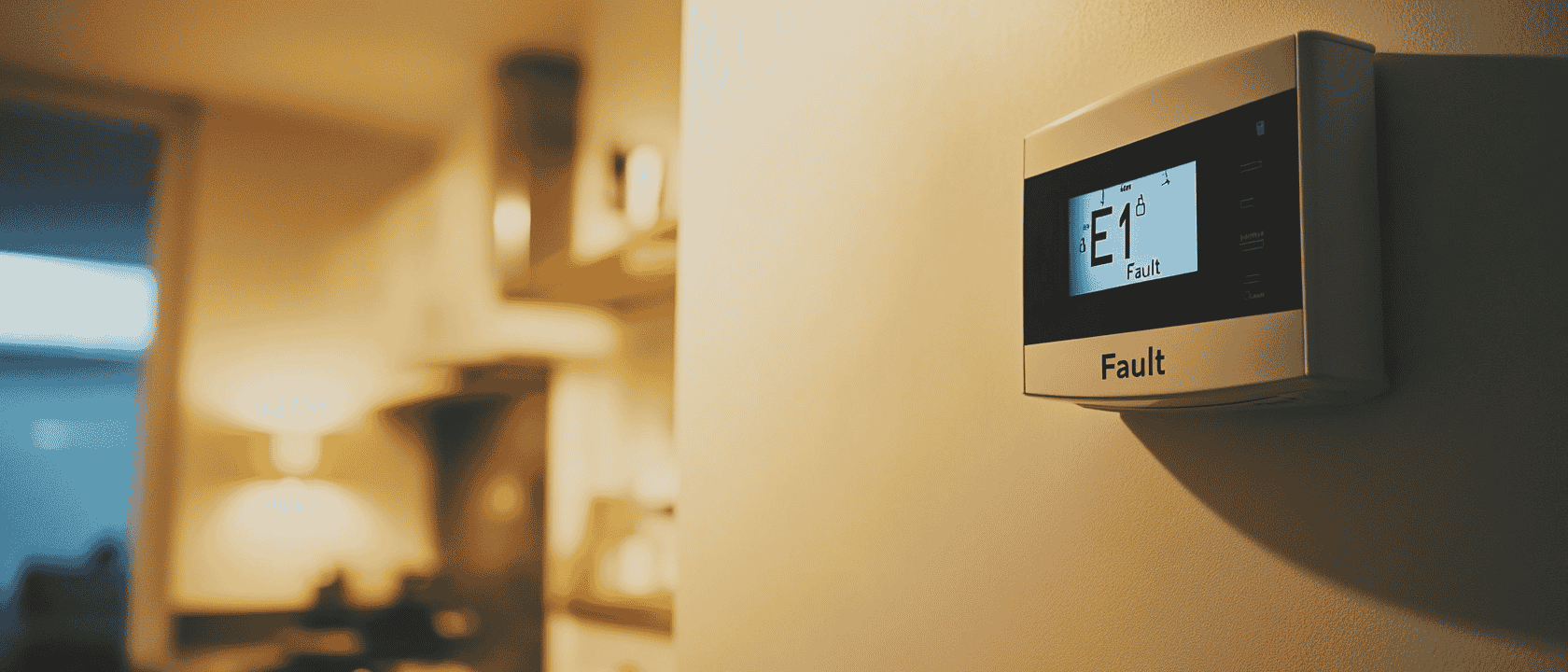
Understanding specific E1 error codes can help pinpoint underlying issues with various boiler brands. Different boilers may have unique causes and solutions for the E1 fault. Knowing these brand-specific details can help you address the problem more effectively.
Baxi Boilers
The E1 error code on a Baxi boiler indicates an issue requiring attention. Recognising the E1 error code is essential for diagnosing problems in Baxi boilers.
A guide is available for fixing the E1 error code on Baxi boilers by re-pressurising your boiler, covering common causes and their respective fixes.
Potterton & Main Boilers
Potterton and Main boilers often display similar E1 error codes, indicating low water pressure issues. Both types of boilers may show E1 error codes due to identical underlying problems, frequently related to water pressure. To address the E1 error codes, both types of boilers generally require the same troubleshooting steps, such as checking the water pressure and refilling if necessary.
Regular maintenance, including pressure checks and prompt repairs, can help mitigate common E1 errors in both Potterton and Main boilers.
Worcester Bosch
The E1 error code on Worcester Bosch boilers signifies a problem with low pressure. This code alerts users to potential issues regarding the boiler’s pressure levels. If your Worcester Bosch boiler displays an E1 error code, check the pressure gauge.
If the E1 fault on your Worcester Bosch boiler persists after checking the pressure, contact a Gas Safe engineer for further assistance.
Preventing Future E1 Faults
Regular boiler maintenance helps prevent the E1 fault and improves overall system reliability. By keeping up with routine checks and servicing, you can ensure your boiler operates efficiently and avoid unexpected breakdowns.
Regular Maintenance
Servicing by a Gas Safe engineer can help prevent E1 faults. Regular maintenance can consistently improve boiler performance, minimizing the chances of E1 faults.
Addressing small boiler problems immediately helps maintain overall system efficiency and longevity.
Monitoring Boiler Pressure
Monitoring boiler’s pressure is essential for maintaining a smooth heating system. Maintain the boiler pressure between 1 and 1.5 bar after repressurisation.
Regularly checking the boiler’s pressure gauge helps identify and address issues early.
Addressing Small Issues Early
Promptly addressing small issues can prevent them from escalating into larger, costlier repairs. Regular servicing by a qualified heating engineer is essential for maintaining the central heating system and preventing minor issues from developing into major faults.
Regular monitoring of boiler pressure helps identify minor drops that could indicate potential problems.
Considering a New Boiler?

If you’re frequently dealing with E1 fault codes or other boiler issues, it might be time to consider whether a new boiler is a worthwhile investment. While the E1 error does not mean you need a replacement immediately, frequent faults and increasing repair bills can be a sign that your boiler is reaching the end of its lifespan.
Monitoring these costs and the frequency of issues can help you decide when it might be time for a new boiler.
Cost of a New Boiler
The cost of a new boiler can vary significantly based on the type and brand of boiler you choose. On average, a new boiler including the flue and associated fittings ranges from £1500 to £2000. However, the installation cost, which includes materials, fitting, and flushing the system, can range from £2500 to £4000, depending on the complexity of the system and the specific boiler model you choose. Most new boilers come with a warranty period of 10-12 years, offering peace of mind and long-term reliability.
When considering a new boiler, it’s important to factor in not just the initial cost but also the potential savings on energy bills. Modern boilers are far more efficient than older models, which can result in significant savings over time.
Benefits of Modern Boilers
Modern energy-efficient boilers offer numerous benefits, including significant savings on energy bills and reduced carbon emissions. Brands like Worcester Bosch, Vaillant, Viessmann, Baxi, and Ideal are known for their quality and efficiency, making them reliable choices for homeowners looking to upgrade their heating systems.
In addition to being more energy-efficient, modern boilers are often more compact and quieter than their older counterparts. They also come with advanced features such as smart controls and improved safety mechanisms, ensuring a more comfortable and secure home environment.
Investing in a new boiler can provide long-term benefits, both financially and environmentally.
Summary
Understanding and addressing the E1 error code on your boiler is crucial for maintaining an efficient and reliable heating system. Common causes include low water pressure, gas supply issues, and faulty components, all of which can be addressed through regular maintenance and timely repairs. By following the steps outlined in this guide, you can often resolve these issues yourself and avoid costly professional service calls.
Preventing future E1 faults involves regular monitoring of your boiler’s pressure, conducting routine maintenance, and addressing small issues promptly. If you find that you’re frequently dealing with boiler issues, it may be worth considering an upgrade to a modern, energy-efficient boiler that can save you money in the long run. Keep your home warm and cozy by staying proactive with your boiler maintenance and repairs.
Frequently Asked Questions
What does the E1 fault code on my boiler mean?
The E1 error code typically signifies low water pressure in your boiler, suggesting that you should check and adjust the pressure levels to ensure proper operation.
How can I fix the E1 fault code on my boiler?
To fix the E1 fault code on your boiler, you should repressurise it using the filling loop until the pressure reaches the recommended level. This should resolve the issue effectively.
When should I call a professional for an E1 fault code?
You should call a professional plumber in London for an E1 fault code if the error continues after repressurising or if you suspect a more serious problem. Consulting a certified local plumber who is Gas Safe registered is advisable in such cases.
What are the common causes of the E1 fault code?
The E1 fault code is commonly caused by low water pressure, gas supply issues, and faulty components such as pressure sensors or relief valves. Addressing these factors can help resolve the issue effectively.
Should I consider replacing my boiler if I frequently see the E1 fault code?
Yes, frequently seeing the E1 fault code suggests that your boiler may be failing, and it might be time to invest in a new, more efficient model to avoid ongoing repair costs.

Available 24/7, 365 days
City & Guilds trained plumbers
Friendly and helpful service
Fully qualified and insured engineers
Available round the clock support
Ability to deal with any brand or type
Reach us 24/7, 365 days
We’ll get to you within an hour
Repair and install a variety of heating systems
